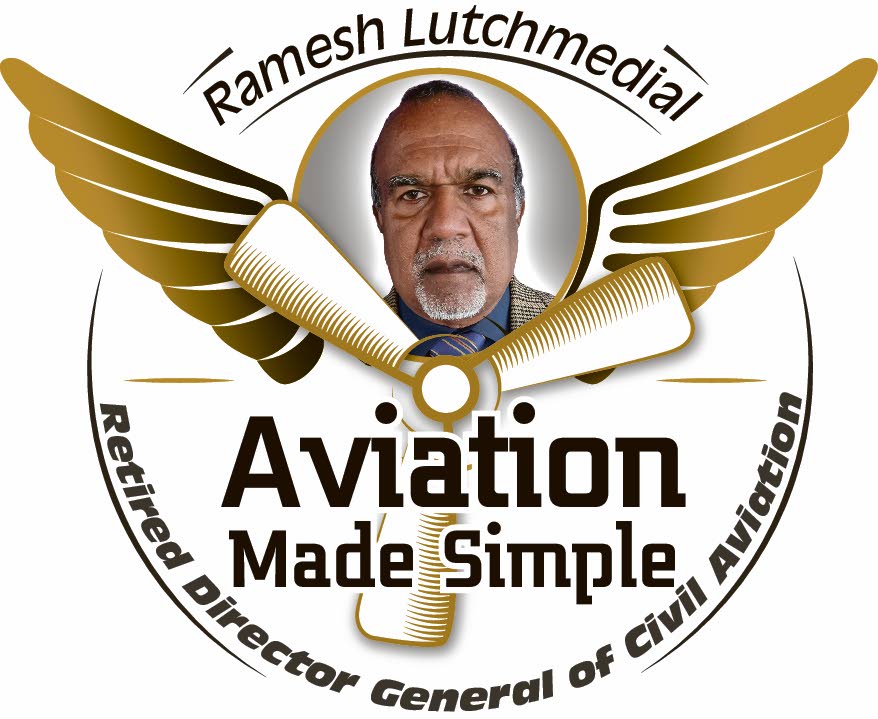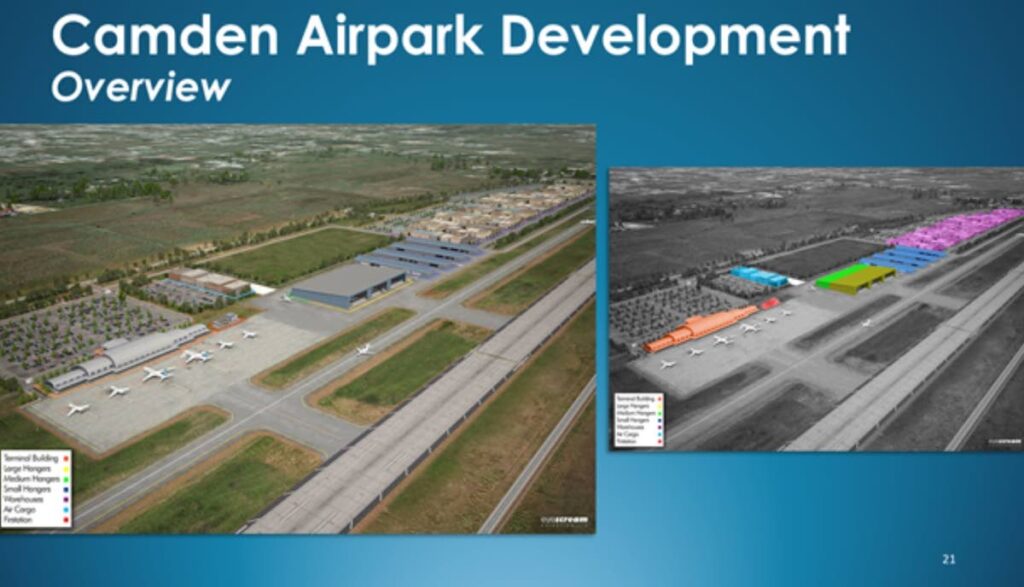Camden airstrip, a wasted asset

In 1941, during World War II, the US by agreement with the UK established an army and naval base at Wallerfield with two runways. In 1942, Carlsen Field, Chaguanas was opened as an overflow facility for the US Air Transport Command aircraft headed for nearby Wallerfield. It grew into a sprawling complex with three parallel paved runways and an airship operating area becoming the largest airbase in Trinidad.
In 1942, the US military began construction of another airstrip at Couva known as the Camden Auxiliary Air Base with a 4,500 feet runway to be used primarily for anti-aircraft training and aircraft maintenance.
The locations of the air bases were strategically chosen as the land was flat and the takeoff, approach and landing paths for aircraft were free from obstacles such as hills or mountains.
During the post-war era, the US handed over all the infrastructure at Chaguaramas and the runways at Wallerfield, Carlsen Field and Camden to the government of TT.
Camden Auxiliary Air Base remained unused until the late sixties when Caroni (1937) Ltd. the predecessor to Caroni (1974) Ltd, began to use the airstrip for aerial crop-dusting. With the closure of the sugar industry in 2003, Camden became dormant once more. It was a wasting asset with great potential for the establishment of aviation-related businesses such as an aeropark with a 7,500 feet runway.
In 2013, the TT Civil Aviation Authority (TTCAA) engaged aviation consultants from the US to conduct a feasibility study on the suitability of Camden as a general aviation aeropark. The consultants deemed the Camden aeropark project as “very investor attractive” and recommended its development in six phases over a five-year period utilising a public-private-partnership strategy (PPP).
TT is strategically located at crossroads to the Americas with a favourable investment climate. The Camden aeropark would have created opportunities for other economic clusters and downstream spin-off businesses generating employment and foreign-exchange earnings.
It was forecast that at the end of first five years with all the aviation clusters operational, an annual profit of approximately US$30 million would be realised.
The Camden aeropark would increase airport capacities in Trinidad and facilitate the domestic airbridge operations especially as inter-island travel, while subject to aviation security requirements, do not require customs and immigration formalities.

After a presentation to a ministerial committee on the Camden project in October 2013, Cabinet agreed on January 30, 2014 to the development of the Camden airfield into a world class general aviation centre utilising 378 acres of land.
Cabinet also agreed to grant the TTCAA the exclusive rights for the development of the Camden airpark. The TTCAA subsequently commenced negotiations with ex-Caroni (1975) Ltd workers to purchase their two-acre agricultural plot leases in the vicinity of the Camden airstrip granted to them as part of their VSEP package.
With the assistance of the Singapore ambassador to Caricom, the TTCAA initiated discussions with the management of Seletar Aerospace Park in Singapore which is an integrated cluster of aviation activities including aircraft maintenance, repair and overhaul (MRO); design and manufacturing of aerospace systems and components; business and general aviation activities and an aviation campus for the training of pilots, aviation professionals and technical personnel.
The ambassador subsequently hosted the visit of a TTCAA team to Singapore to meet with officials from Seletar Aerospace Park and potential investors regarding participation in the Camden aeropark project. The Singapore discussions were very favourable.
However, during 2014 Cabinet rescinded and reinstated the project on two occasions for unknown reasons. This prolonged indecisiveness resulted in a withdrawal of interest by the Singaporeans and the project fell apart.
Today, some major US airlines have significant under capacities in their MRO needs resulting in the outsourcing of MRO functions outside of the US. Both American Airlines and United Airlines have invested in MRO facilities in Brazil taking advantage of relatively low labour and energy costs. A vibrant local MRO industry will create employment opportunities particularly for graduates of the UTT aviation campus.
By Cabinet decision, the Camden airstrip is now under the control of the Air Guard.
It would be extremely laudable for the very proactive and visionary minister to initiate action through a PPP to resuscitate the Camden aeropark in phases as there are many economic benefits with general aviation, aviation training and MRO activities.
Industry analysts estimate that the global general aviation market is expected to grow from US$ 26.2 billion in 2021 to US$36.5 billion by 2028.
The first phase would be for Camden to become a licensed aerodrome for use by National Helicopter Services Ltd, UTT with its large hangar, the Light Airplane Club, the flying schools, the Air Guard and the helicopter operators that presently use Piarco International Airport thereby alleviating air traffic congestion at the airport during peak periods.
Piarco has a single runway and an upgraded Camden runway can be used as an alternate to the airport.
On August 7, 2015, the TTCAA landed a Boeing 727-200 jet aircraft at Camden for use by UTT for training purposes.


Comments
"Camden airstrip, a wasted asset"